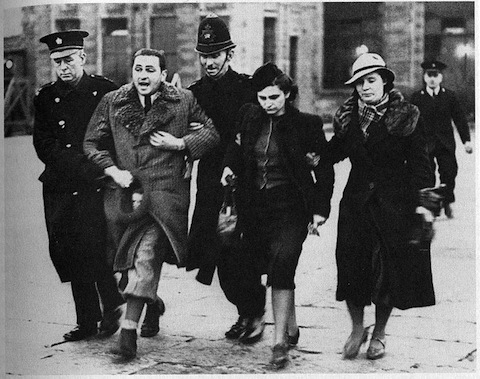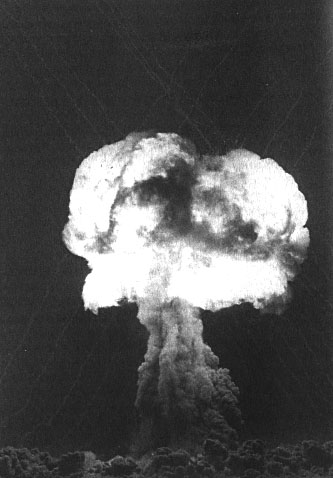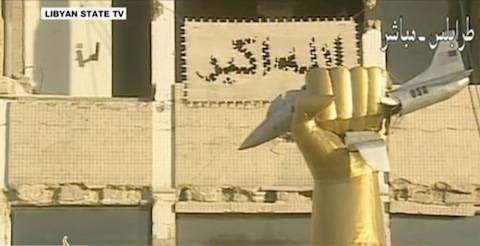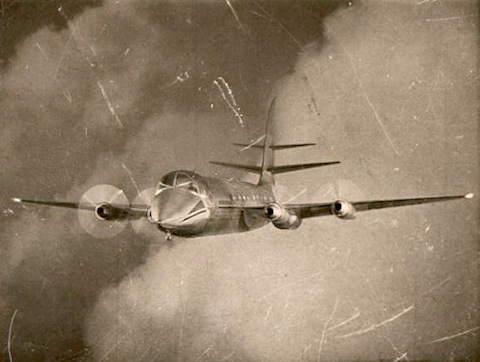Stop the planes
[Cross-posted at Cliopatria.] On 29 March 1939, Croydon airport was the site of an extraordinary scene, as the Daily Express reported: NEARLY 400 Jewish refugees streamed into Croydon in a succession of air liners yesterday — the biggest influx the airport had ever experienced. They came from Danzig, the Polish Corridor, Cologne, Berlin, Vienna, Switzerland […]





